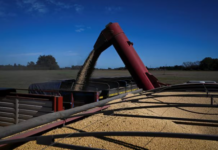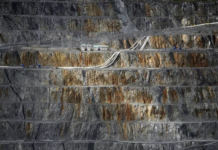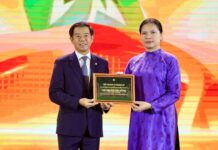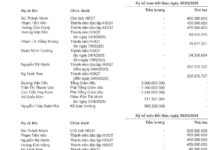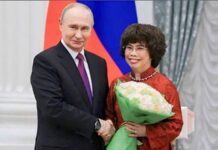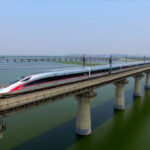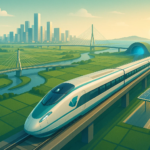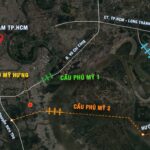Three High-Speed Rail Investment Models
On November 3rd, Deputy Prime Minister Tran Hong Ha chaired a meeting to review and provide feedback on the draft National Assembly resolution regarding special mechanisms and policies for the North-South high-speed rail project.
The Deputy Prime Minister emphasized that submitting a resolution on special mechanisms and policies for the North-South high-speed rail project to the National Assembly is a significant requirement. It must clearly define the relationship between the mechanisms and policies in the draft resolution and those already established for public investment in essential infrastructure.
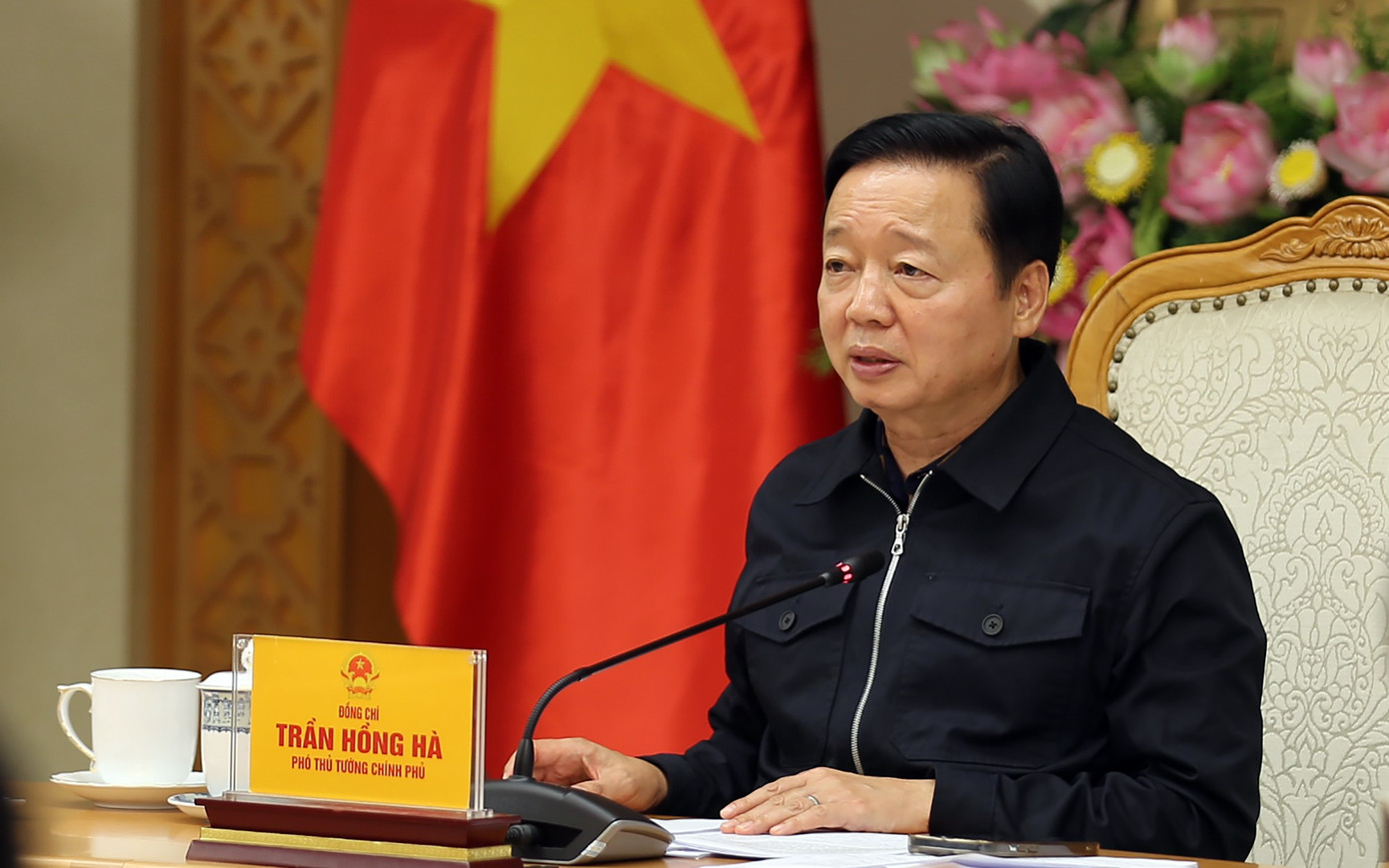
Deputy Prime Minister Tran Hong Ha at the meeting. Photo: VGP
He stressed that in public investment, the state is responsible for management and risks, while in private investment, businesses manage and bear corresponding responsibilities. Therefore, mechanisms and policies must establish a harmonious relationship between rights and responsibilities, ensuring financial security and safety.
According to the Ministry of Construction’s report, the special mechanisms and policies will include: General regulations applicable to all three investment models (public, PPP, and business investment); specific regulations for business investment; specific regulations for PPP investment; and anti-corruption measures.
Regarding funding, Deputy Minister of Finance Do Thanh Trung suggested adding a mechanism for sharing resource responsibilities with local budgets, similar to ongoing highway projects. If state-owned enterprises can participate in related infrastructure investment, they should be allowed to mobilize capital instead of relying solely on the central budget.
Meanwhile, Deputy Governor of the State Bank of Vietnam Nguyen Ngoc Canh suggested clarifying the state lending mechanism for business investment, particularly loan ratios and repayment terms for each disbursement.
He also proposed adjusting credit limit regulations and supervision responsibilities to ensure feasibility and compliance with current laws.
Technology Transfer is Key
Concluding the meeting, Deputy Prime Minister Tran Hong Ha instructed the Ministry of Construction to fully incorporate feedback and urgently finalize the draft resolution. It must be comprehensive, clearly defining the scope and applicability for all three models: public investment, private investment, and PPP.
The Ministry must clarify the relationship between this resolution and existing ones related to special mechanisms for the railway sector and construction materials.
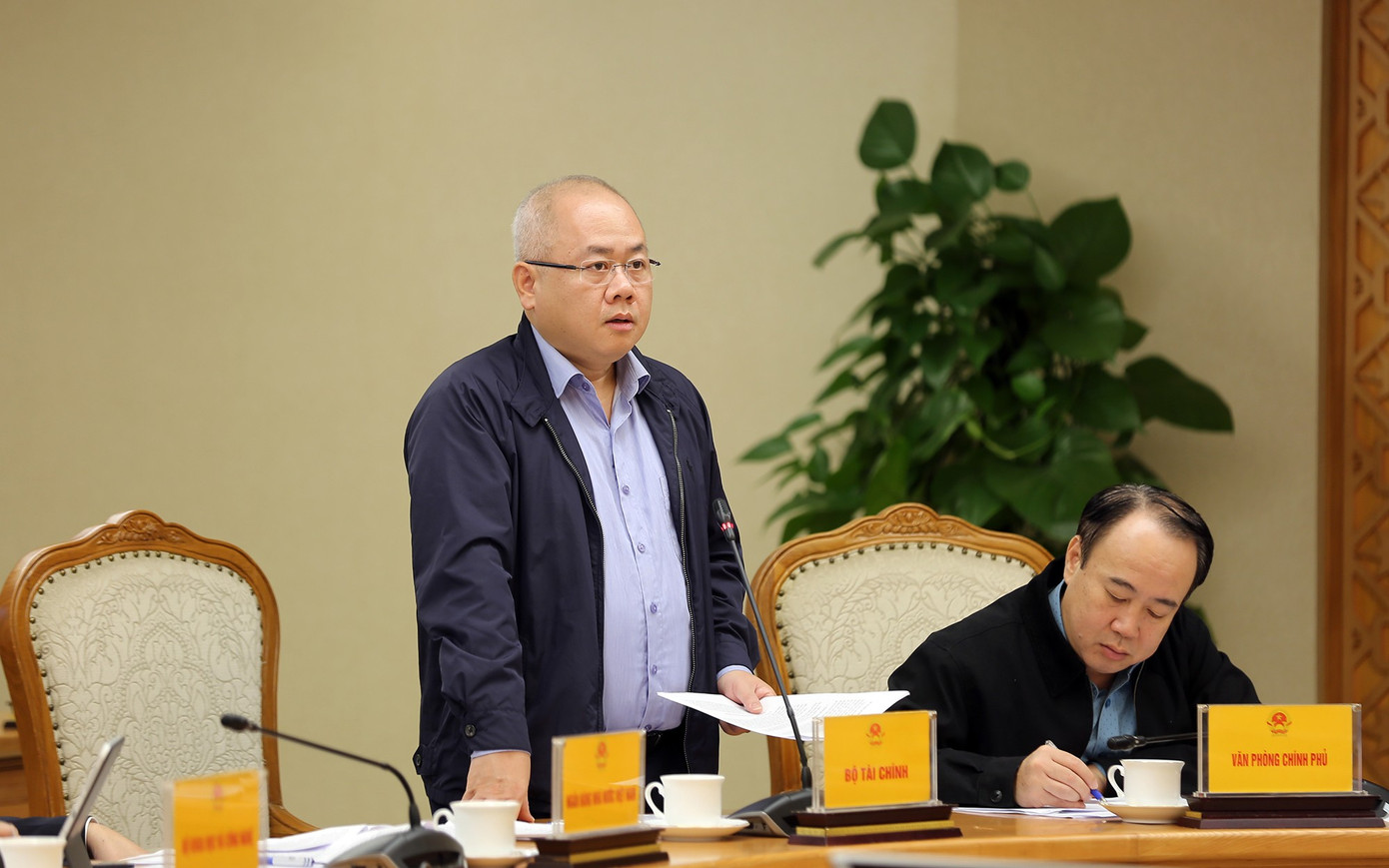
Deputy Minister of Finance Do Thanh Trung speaking. Photo: VGP
Effective mechanisms should be retained and integrated, while insufficient ones must be reviewed, improved, and upgraded to ensure the resolution is groundbreaking and meets practical needs.
The Deputy Prime Minister noted that state lending for business investment requires thorough justification of the investor’s capability, capital control mechanisms, risk prevention, and asset preservation using state funds.
Additionally, businesses must be held accountable for both objective risks (natural disasters, pandemics, uncontrollable events) and risks due to poor capacity or violations. This includes state takeover or nationalization of assets when necessary to protect public interests.
He also highlighted that the investor’s technological capability and technology transfer are critical for mastering technology and developing the domestic railway industry.
Investors must outline a clear roadmap for technology absorption, operation, maintenance, and gradual manufacturing based on local market capacity and workforce skills. They must commit to a feasible, specific technology transfer plan.
Zero-Interest Loans for North-South High-Speed Rail Investors
The Ministry of Construction has finalized the draft Resolution outlining special mechanisms and policies for the North-South high-speed railway project and submitted it to the Ministry of Justice for review. Under this proposal, the Ministry suggests that the State provide investors with loans covering up to 80% of the total investment, at a minimum interest rate of 0%, with a repayment period of 30 years.
Proposed 14km Extension to Accelerate Son Hai Group’s “Most Beautiful Mountain Highway in Vietnam” Before 2030
The Chairman of Son Hai Group has assessed the Nha Trang – Da Lat highway as highly complex and proposed innovative solutions such as elevated bridges, retaining walls, precast bridges, and tunnels to minimize the impact on forested areas.


